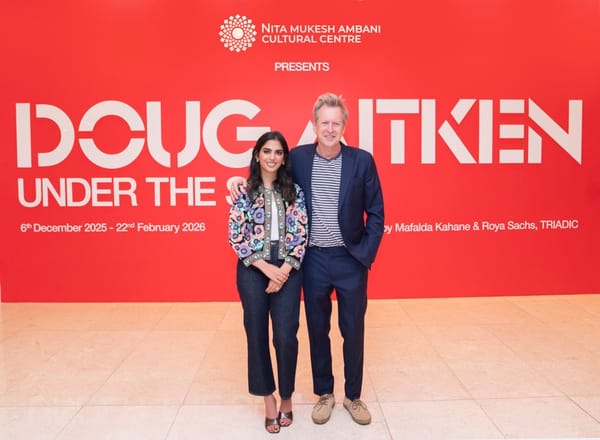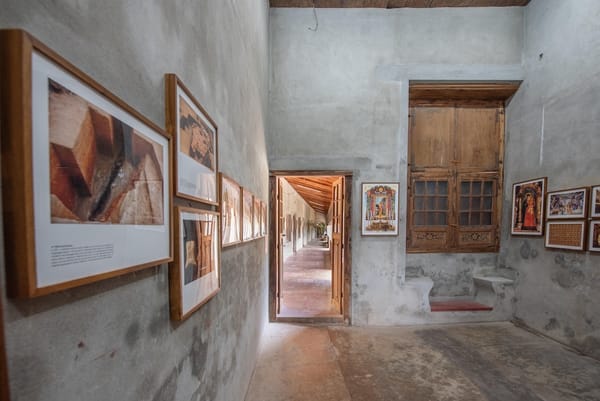Shilpa Gupta: Art as Resistance in 'Lines of Flight'
Ishara Art Foundation presents 'Lines of Flight', Shilpa Gupta’s first solo exhibition in West Asia, exploring borders, suppression, and resilience. Featuring installations, drawings, and a new sound piece, the show challenges authority and celebrates artistic defiance.
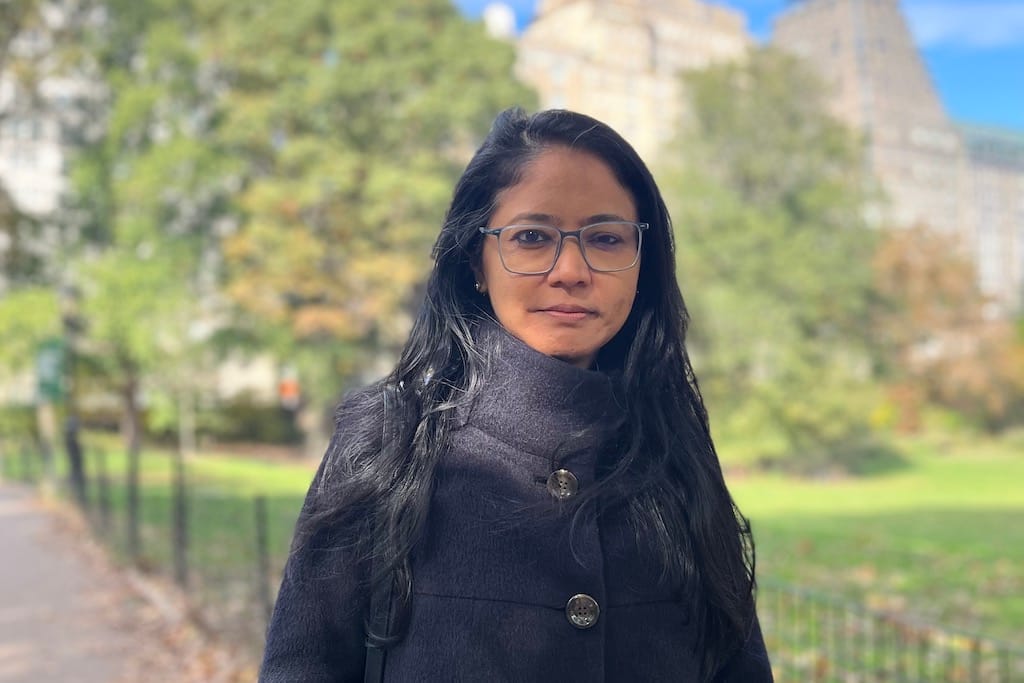
Currently on view until 31 May 2025, Ishara Art Foundation presents Lines of Flight, the first major solo exhibition of Shilpa Gupta in West Asia. The exhibition spans nearly two decades of her practice, featuring a selection of installations, sculptures, drawings, prints, and videos alongside a newly commissioned sound installation. Curated by Sabih Ahmed, Lines of Flight continues Gupta’s incisive engagement with themes of borders—both physical and conceptual—and the resilience of human expression in the face of political and social constraints.
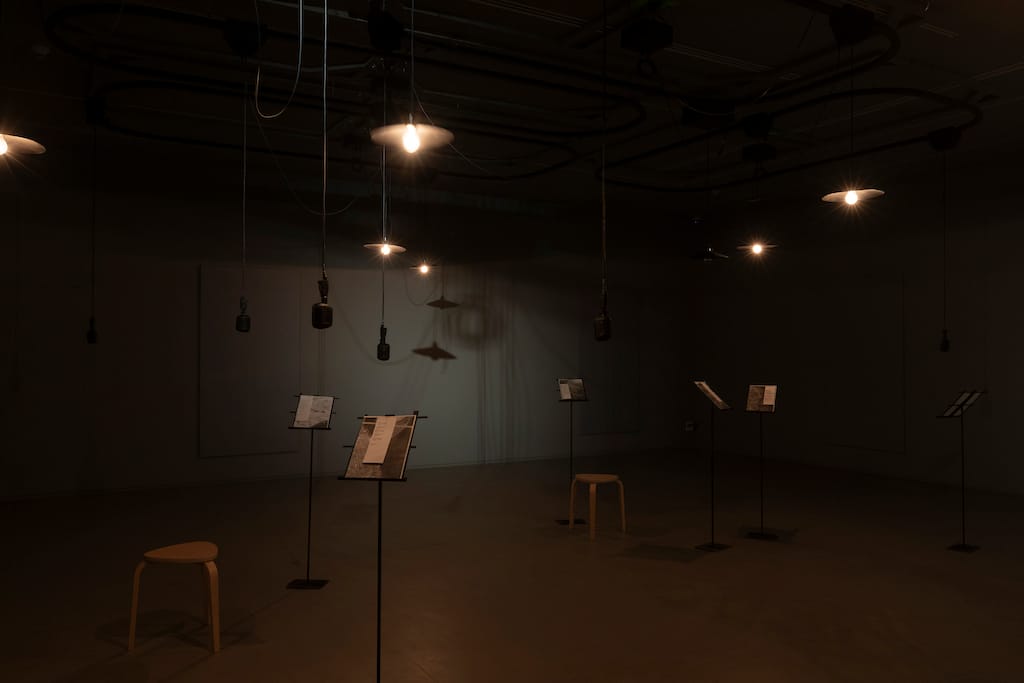
Gupta’s work is known for its ability to unsettle conventions, inviting the viewer to reconsider established narratives around identity, surveillance, state power, and freedom of speech. Through her nuanced practice, she constructs spaces where the lines between the personal and the political blur, making visible the often invisible structures that govern human lives. The exhibition’s title, Lines of Flight, references both the literal and metaphorical lines that define and confine societies. “Growing up as a woman in South Asia, one becomes aware of lines early on,” Gupta notes. “And where boundaries exist, methods to navigate and negotiate them inevitably emerge. After all, mobility is intrinsic to being human—one of the first things we did as a species was stand up and walk.”
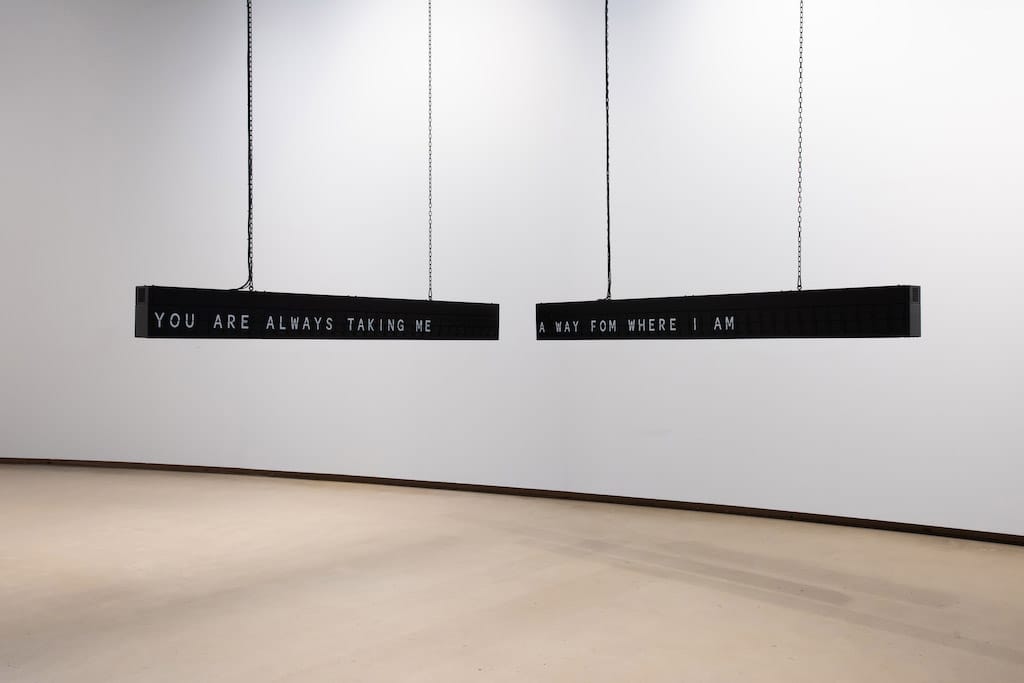
The systems that surround us, she continues, “seek to define, to control and stay in power. They use maps, graphs, symbols, and even myths towards this. However, when people find these restrictive, they find ways to subvert them – they masquerade, infiltrate, and catapult.” It is this tension—between imposed boundaries and the urge to transcend them—that defines much of Gupta’s work.
Art as a Borderless Medium
For over twenty-five years, Mumbai-based artist Shilpa Gupta has interrogated how power structures shape identities, languages, and geographies. Her work dismantles the rigid frameworks of nationality, gender, and economic class, urging viewers to reflect on systems of control and their subversions.
In Lines of Flight, Gupta takes the audience through a journey of resistance, exploring themes of migration, suppression, incarceration, and protest. Many of the works engage with historical and contemporary accounts of repression, giving voice to the silenced and the unseen. She asks urgent questions: Who controls access to information? How are borders enforced, and by whom? Can art resist authority?
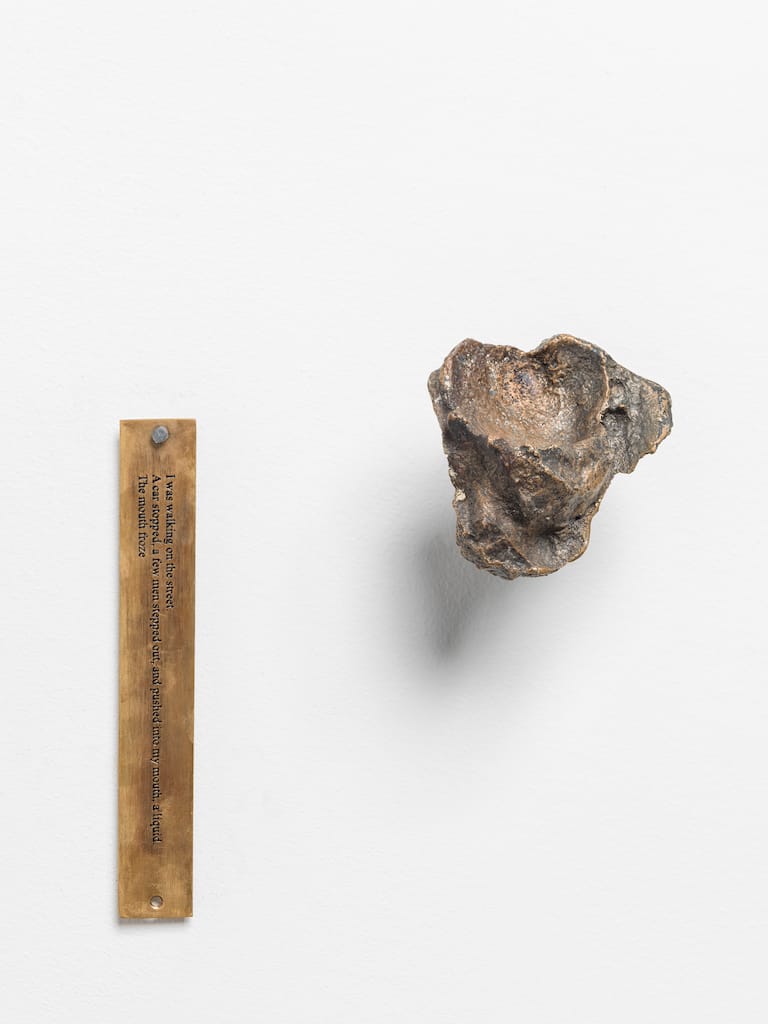
Lines, both literal and metaphorical, have been central to Gupta’s work. They appear as tools of governance and restriction, yet also as spaces of possibility. From the drawn lines of a border map to the barbed wires that separate nations, from the verses of a suppressed poet to the horizon that promises freedom, her work invites audiences to contemplate how we navigate spaces of constraint and agency.
The Poetics of Resistance
One of the recurring motifs in Gupta’s practice is the tension between silence and speech, between what is allowed to be expressed and what must remain hidden. Many of her works challenge the ways in which language is controlled, withheld, or distorted by those in power.
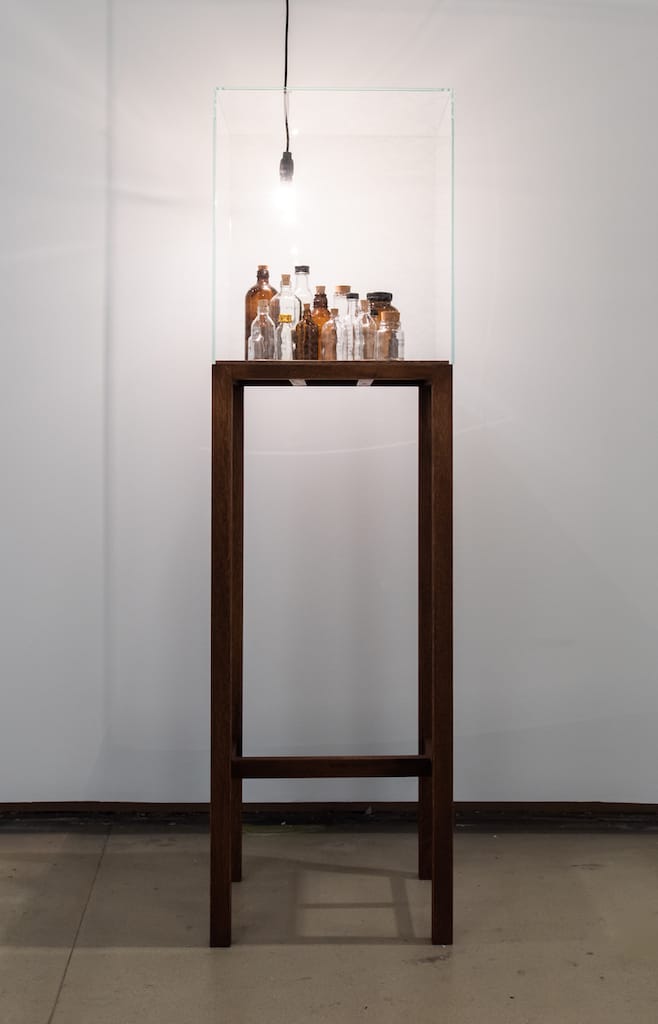
Among the key works on display is StillTheyKnowNotWhatIDream, an installation that reconfigures a train-station flap board to display fragmented sentences. Instead of announcing train schedules, the board presents fleeting, incomplete phrases, suggesting the instability of information and the ways in which meaning is shaped by erasure and omission.
Another significant work, Listening Air, takes the form of microphones transformed into poetic objects. Microphones, typically used as tools of amplification, are here rendered functionless, their forms suggesting absence and suppression rather than presence and communication. “From the earliest works, I have been drawn to questions of perception and therefore transmission and language,” Gupta explains. “Language becomes a site where the play of power unfolds–we see corporates or political parties who know and use/abuse its potential. And language is an active site which individuals claim as their own. This is the context from where the sound installation Listening Air emerges.”
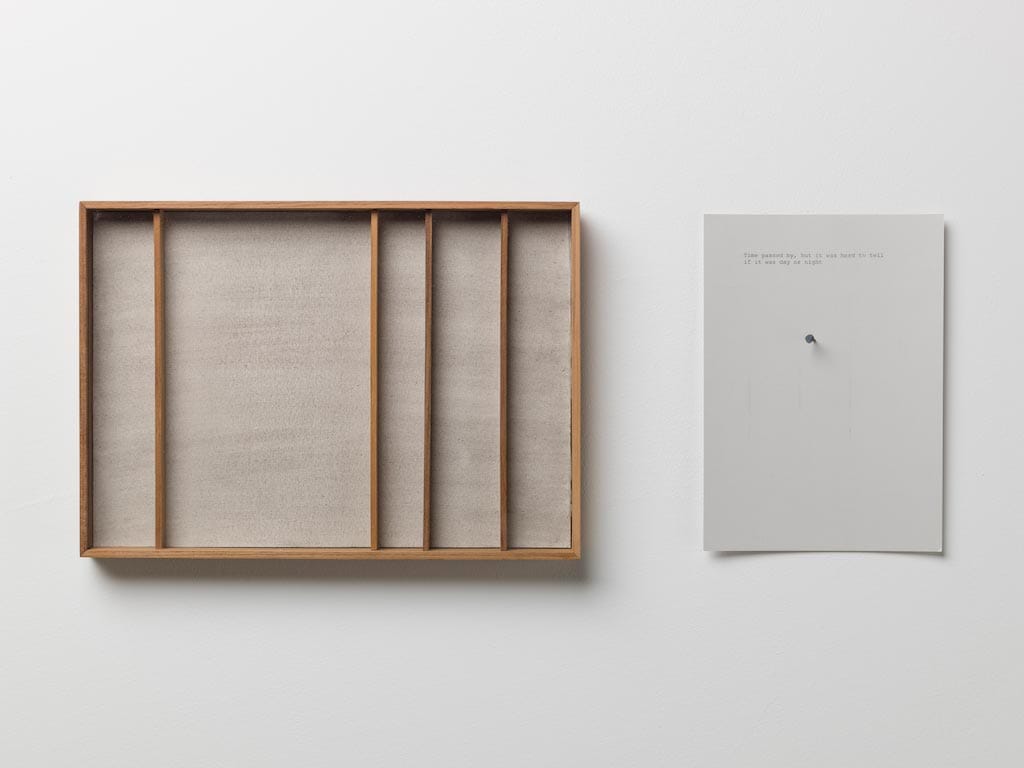
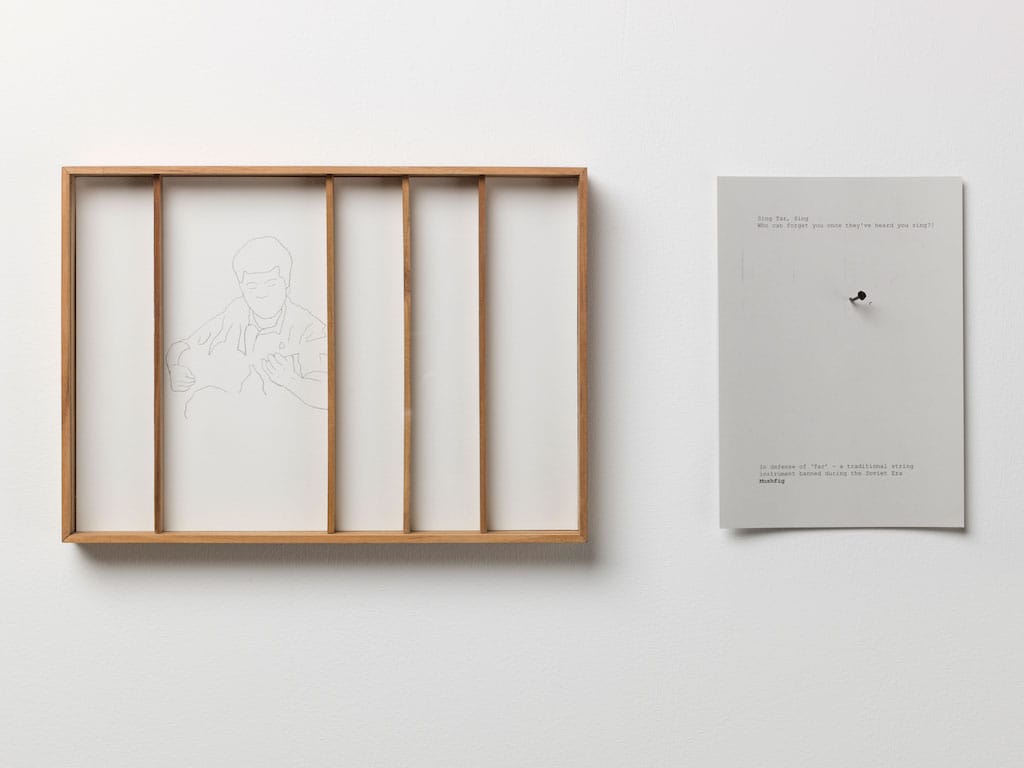
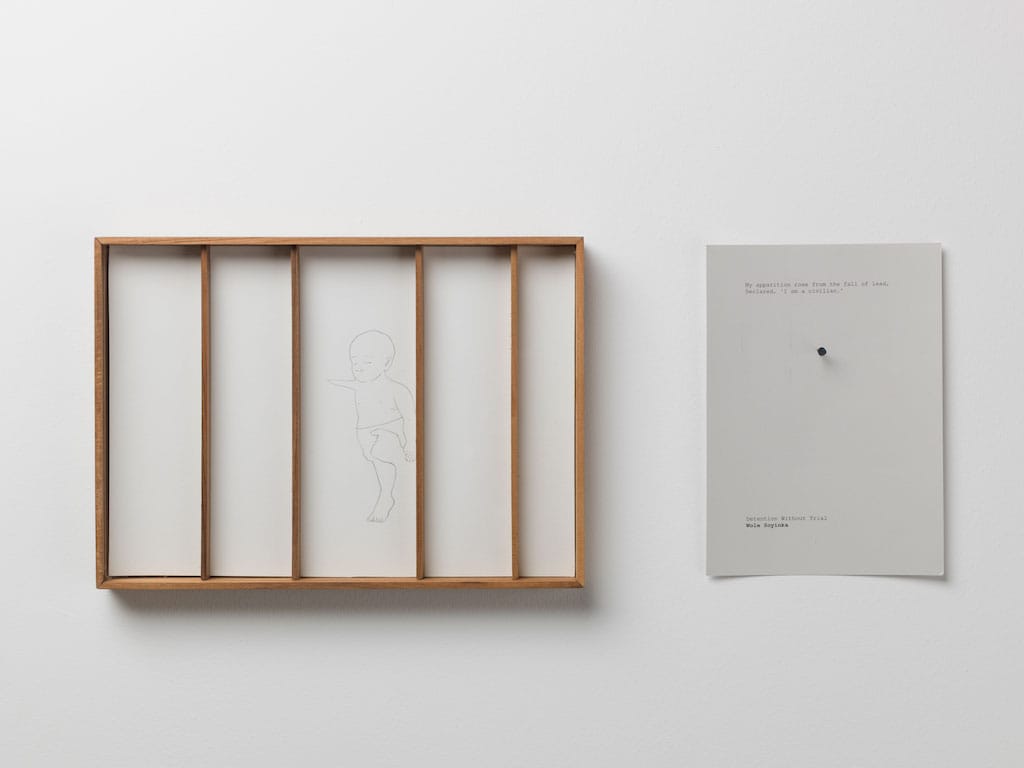
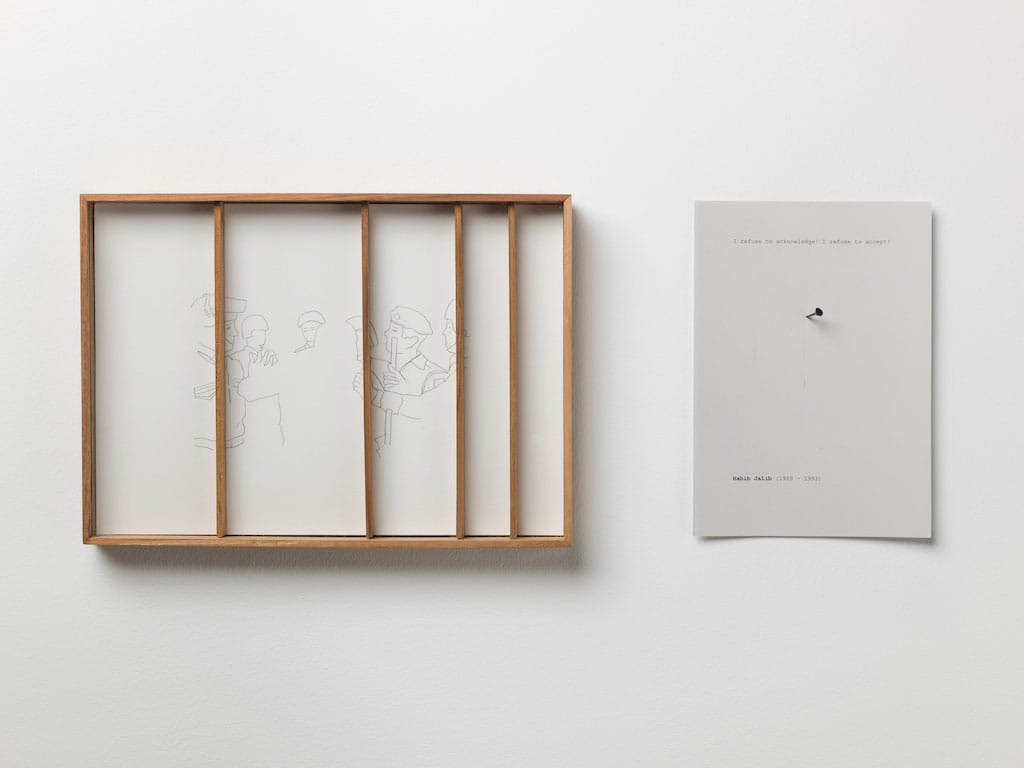
Shilpa Gupta, Untitled (Jailed Poet Drawings) (2018). Tracings on paper, wood and printed text, 31 x 22 x 3 cm each (set of ten frames). Commissioned by YARAT Contemporary Art Space. Image courtesy of the artist and Art Jameel. Photography by Pat Verbruggen. From the Art Jameel Collection.
Her interest in how power operates through language is further explored in A Liquid, the Mouth Froze, a haunting metal cast of a mouth beside a cryptic brass plate, alluding to state violence against poets. “A Liquid, the Mouth Froze is about how ostentatious power can become, especially when we are not looking,” she says. Similarly, in Untitled (Spoken poem in a bottle), Gupta captures the resilience of the poetic voice. “Poems by poets who have been imprisoned have been spoken into bottles,” she explains. “While regimes imprison the body of the poet, it’s impossible to contain their words, which travel and live on.”
Gupta’s long-standing engagement with themes of incarceration and suppression is also evident in Untitled (Jailed Poet Drawings), a series presenting shadowy silhouettes behind wooden bars, accompanied by verses that challenge authoritarianism. These works foreground the precarious existence of those who wield language as an act of defiance.
Borders, Memory, and Migration
The exhibition also delves into contested spaces, from state borders to the fragile demarcations between belonging and exile. There is No Border Here, a text-based installation using barrier tape, poetically narrates the futility of dividing the sky, metaphorically addressing the artificiality of political boundaries. The piece serves as a reminder that borders are not natural, but human constructs, enforced by those in power to separate and control.
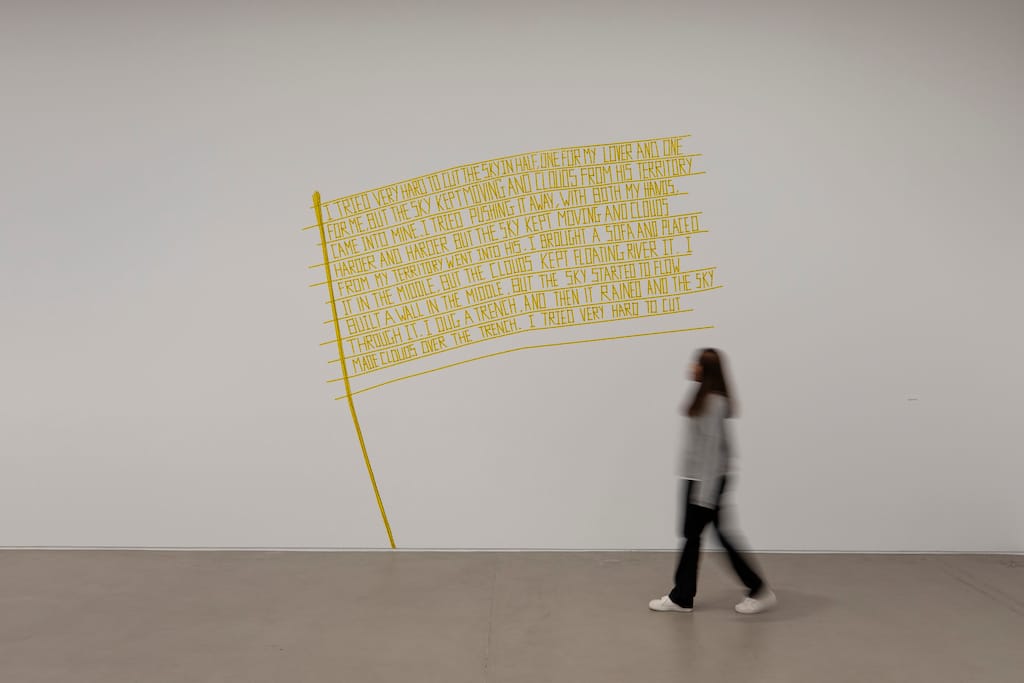
Gupta’s ongoing exploration of the Bangladesh-India border, a site of migration, surveillance, and illicit trade, finds expression in Untitled (drawings made with codeine-based Phensedyl syrup, smuggled across the border). The use of this material, banned in one country but legal in another, draws attention to the absurdity of certain legal restrictions and the ways in which people adapt to circumvent them.
Meanwhile, Will it be alright if we win? captures a volleyball match between Indian enclave residents and the Border Security Force, highlighting the complexities of statelessness and sovereignty. These enclave residents, caught between shifting borders and bureaucratic inertia, inhabit a liminal space where national identity is ambiguous and contested. Gupta’s work captures both the tragedy and resilience of those who navigate these precarious conditions.
A Practice Without Borders
Gupta’s work refuses categorization, traversing multiple mediums and disciplines. She seamlessly moves between installation, sculpture, text, sound, and video, constructing layered narratives that unfold across different sensory registers. Her artistic interventions transform bureaucratic documents, everyday objects, and historical archives into sites of poetic reflection.
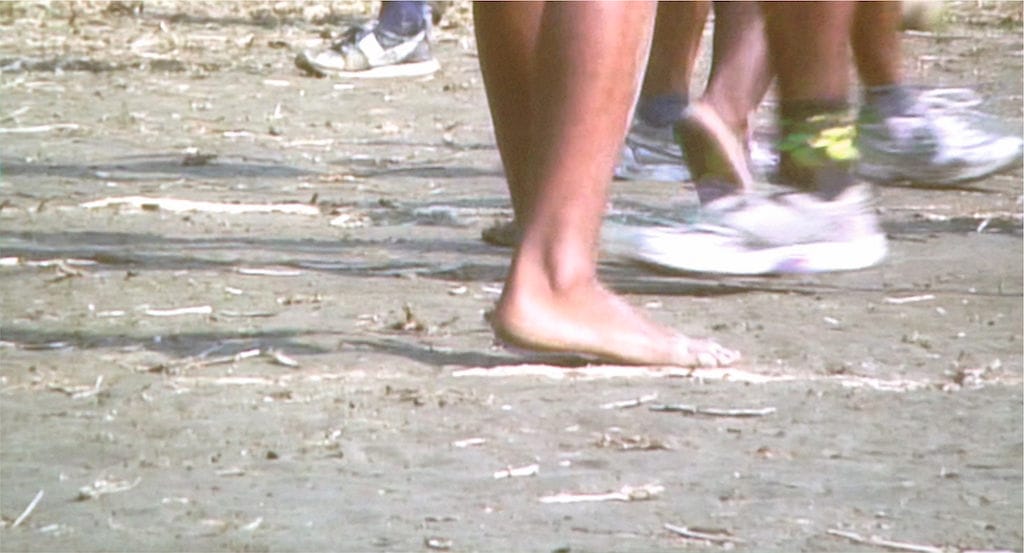
Her practice has been widely recognized on the global stage. She has exhibited at major institutions, including the Venice Biennale, Tate Modern, MoMA, Centre Pompidou, and the Serpentine Galleries. Yet, despite her international acclaim, Gupta remains deeply engaged with local and regional contexts, using art to highlight issues that resonate across multiple geographies. Lines of Flight marks an important moment in her career, as it brings together her key works in conversation with new commissions that respond to the contemporary socio-political landscape.
At a time when borders—both physical and ideological—are being reinforced across the world, Lines of Flight serves as a reminder that no wall is absolute, no silence permanent. Through her practice, Gupta reveals the power of artistic defiance, proving that lines, no matter how rigid, can always be redrawn.
Supported by Carl F. Bucherer, Emirates Insurance Company, and major galleries, the exhibition runs until 31 May 2025 at Ishara Art Foundation, A3, Alserkal Avenue, Street 17, Al Quoz 1, Dubai, UAE. Open Monday to Saturday, 10:00 AM – 7:00 PM.


